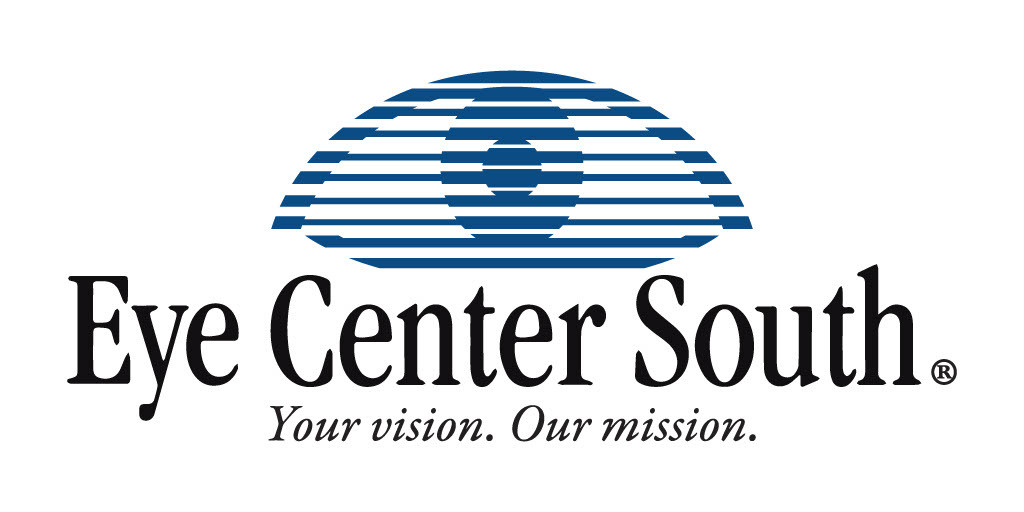Removal of Pterygium
A Pterygium is a benign (non-cancerous) thickening of the conjunctiva that grows into the cornea, usually near the nose. As it grows, it can become red and irritated. Eventually it may cause visual problems by disrupting the normally smooth surface of the cornea and, in some cases, it may reduce or impair the patient’s eyesight.
Ultraviolet (UV) radiation is the most common cause of pterygium growth.

This explains why a pterygium growth occurs more frequently in geographical locations close to the equator. It is very common in Latin countries. A pterygium is frequently associated with chronic exposure to dusty dry environments. Those who spend significant time participating in outdoor activities are more susceptible. UV radiation causes thickening of the conjunctiva producing irritation, redness, foreign body sensation and ocular fatigue.
Surgical removal of a pterygium is recommended depending on its size and extent, as well as its tendency for recurrent inflammation. If a pterygium is small but becomes frequently inflamed, the ophthalmologist may recommend the use of a nonsteroidal or a mild steroid eye drop when the inflammation develops. Removal is recommended if the pterygium grows far enough onto the cornea to impair vision, if it causes chronic inflammation and irritation, or if it interferes with wearing contact lenses.
Surgical removal of a pterygium is an outpatient procedure that can take less than an hour to perform. The risk of the pterygium recurring after surgery can be reduced with the use of a conjunctival graft taken from under the upper eyelid that is placed over the site where the pterygium was located. The graft can be secured with sutures or with human fibrin tissue glue (sutureless pterygium surgery). In cases of recurrent pterygia, medications may be applied to the surface of the eye during surgery to reduce recurrence risk. For patients who have not previously had pterygium surgery, pterygium recurrence occurs in approximately 5-12 % of eyes within the first 1-2 years after surgery. Various kinds of eye drops are used after surgery to decrease inflammation and help prevent recurrence.

